
Industrial combustion and environmental issues: A major focus for Babcock Wanson
In recent years, and particularly since the Kyoto Protocol (1997), the negative effects of combustion on the environment, including greenhouse gas emissions, have become a central issue for the industrial sector.
Fossil fuels are the lifeblood of industry. They are the source of all industrial processes, necessary, indispensable, and yet so problematic.
Babcock Wanson is a major international player in the industrial sector. As such, we are committed to the long-term goal of enabling industry to reduce its use of fossil fuels, to reduce its carbon footprint, and to move towards a sustainable industry in a sustainable world.
The negative phenomena generated by industrial burners can be divided into two main categories: CO2 on the one hand, and harmful pollutants (methane, sulphur, nitrogen oxides) on the other.
is released by a chemical reaction between the oxygen in the combustion air and the carbon in the fossil fuels, giving off heat. It is largely responsible for global warming and is at the heart of the environmental sustainability issues facing industry.
Emissions of pollutants harmful to human health or biodiversity form the other major category of nuisance caused by industrial combustion. Methane (CH4) and sulphur (SO2) are among them, but it is above all nitrogen oxides that are of concern to industry and public authorities. Nitrogen oxides (NOX) include nitrogen monoxide NO, nitrogen dioxide NO2 and nitrous oxide N2O. In terms of human health, the risks come from nitrogen dioxide, N2O, which promotes respiratory diseases. In the natural environment, nitrogen oxides make rainfall acidic, leading to acidification of soil and water, and forest dieback.
Consequently, two main areas of work have emerged to develop technology and equipment to reduce the environmental impact of industrial processes: reducing the consumption of these fossil fuels or substituting them with alternative energies that are decarbonised in terms of CO2, and developing innovative solutions to limit the formation of NOX.
As a manufacturer of industrial boilers, Babcock Wanson also designs and manufactures its own burners. This dual expertise, which is unique on the market, enables us to take a global view of the phenomena linked to the combustion of fossil fuels and to respond to them in an innovative and efficient manner.
Innovation for NOX reduction
Quality combustion must have a good yield to reduce CO2 production as much as possible, but it must also limit the formation of nitrogen oxides (NOX), which result from the combination of nitrogen present in the air with oxygen, and which it is essential to limit. Babcock Wanson’s research and development projects therefore aim to limit the formation of NOX while at the same time seeking to optimise combustion efficiency, although these two goals may require contradictory means.
Indeed, the limitation of NOx can be easily obtained by favouring a high excess of air but this will result in a decrease in efficiency. On the other hand, preheating the combustion air improves efficiency but increases the flame temperature and thus the production of NOX.
Taking advantage of its global mastery of the operation of an industrial boiler room, Babcock Wanson’s R&D teams are developing solutions that make it possible to achieve these two goals.
The R-Eco solution is a combustion air preheater that recovers heat from the combustion fumes and uses a flue gas recirculation system (FGR). This technology increases both the overall efficiency of the boiler up to 98%, and significantly reduces the formation of NOX emissions in the flue gas. It is the ideal solution when condensate returns are high and do not allow the use of conventional economisers to recover heat from the flue gas. R-Eco is compatible with installations that run on natural gas, with a flue gas inlet temperature above 130°C, and an outlet temperature ≈ 100°C.
All industrial processes require and/or produce heat. Recovering and reusing this heat makes the production process more sustainable and offers financial benefits to companies, as well as meeting environmental requirements.
The latest innovation in the burner product line, the Good Loop concept, is a piece of equipment that has been specially developed to meet European requirements for reducing NOX emissions. Also based on the flue gas recirculation (FGR) technique, Good Loop extracts the flue gases at the boiler outlet before reinjecting the recycled gases directly into the furnace, upstream of the refractory block, thanks to an additional dedicated fan.
This directly reduces NOX emissions from our natural gas boilers by 20-30 mg/Nm3, putting Babcock Wanson equipment at the forefront of innovation in this area.
This unique technology can be applied to an existing burner and improve its performance without any design changes.
Alternative Solutions
Babcock Wanson is also working to offer solutions that integrate alternative fuels such as biogas and hydrogen, which are naturally decarbonised.
Biogas and biomethane are very interesting alternatives as they allow to capitalise on existing distribution networks and equipment (for biomethane). However, biogas requires adaptations and quality control (moisture content, existence of hydrogen sulphide) to be used with a conventional combustion solution. On the other hand, biomethane can easily be substituted for natural gas as it is of equivalent quality.
Technically, the combustion in this case produces the same emissions as the combustion of natural gas (CO2 and pollutants to be limited such as NOX) but it is their production method that can be considered sustainable. Indeed, it is possible to produce biogas and biomethane by methanisation of organic matter. They therefore offer an opportunity to recycle waste (green, agricultural, from the food industry or even sludge from wastewater treatment plants). Moreover, the methanisation process also produces a residue called digestate, which is a substitute for chemical fertilisers, the manufacture of which requires fossil resources.
The entire range of Babcock Wanson burners is capable of operating, after study by our technical department, with one or other of these new types of fuel, which are fully integrated into the field of sustainable development.
Hydrogen is also a fuel of the future. However, it is very little present in its natural state and is today mainly the result of petrochemical processes which are also polluting (grey hydrogen). On the other hand, its production is increasingly based on processes that use electricity from renewable sources such as water electrolysis (green hydrogen). It can therefore be an interesting solution for energy storage and a very credible alternative in the future for industry as a means of replacing fossil fuels. The combustion of hydrogen no longer produces CO2 but simply water vapour. However, its technical characteristics are quite different (density, PCI, etc.) from those of natural gas, and its distribution and combustion require the necessary adaptations for its large-scale deployment.
In anticipation of this emerging industry alternative, Babcock Wanson’s burners are already natively « H2 ready » and designed to incorporate a significant proportion of hydrogen in addition to the traditional gaseous fuel. We are also able to offer 100% hydrogen solutions that require a specifically designed combustion head for each project.
For an eco-responsible and sustainable industry
As a major international supplier of boiler rooms and associated equipment, operating in 8 countries and in all industrial sectors, it is only natural that Babcock Wanson has made a strong and long-term commitment to becoming a credible player in the ecological transition. By offering concrete and efficient solutions, products that combine efficiency optimisation and technological innovation, by exploring credible alternatives that will make up the industry of tomorrow. By enabling, day after day, the users of our equipment to reduce their use of fossil fuels, to achieve their environmental footprint reduction objectives, and to build together a sustainable industry model in a sustainable world.







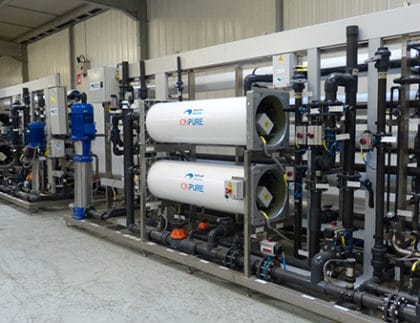
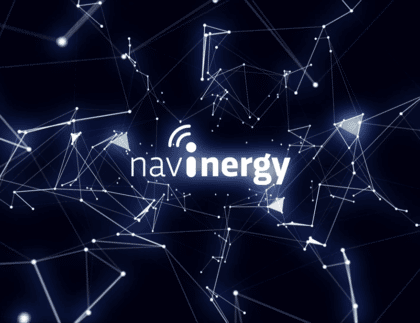
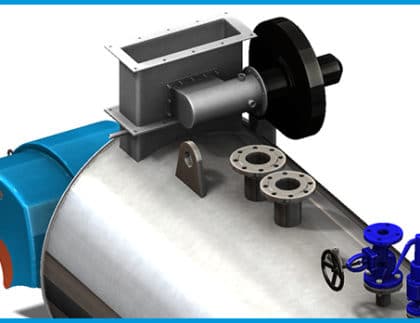
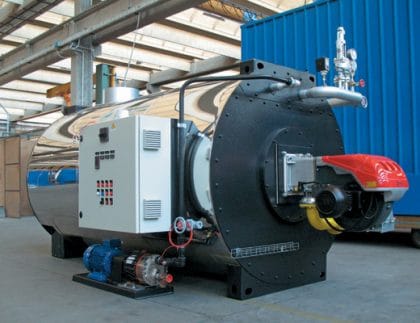
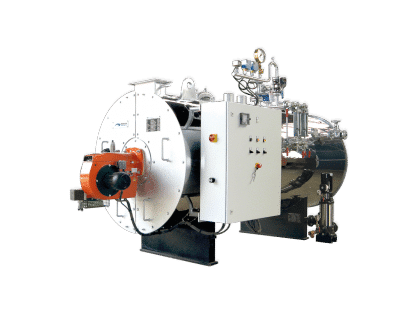
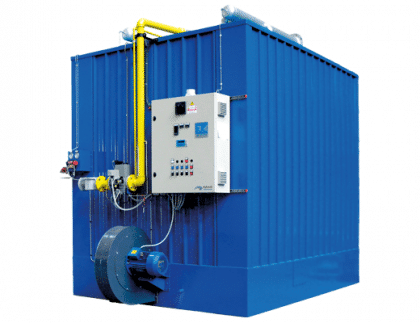
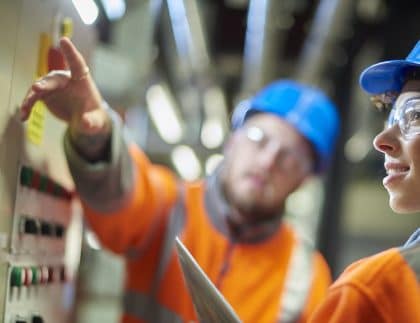
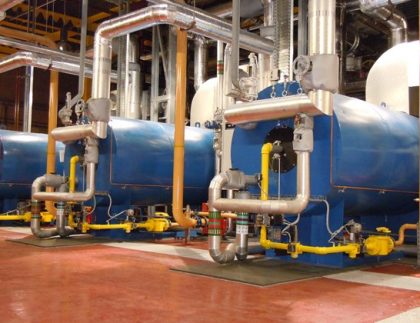
You must be logged in to post a comment.